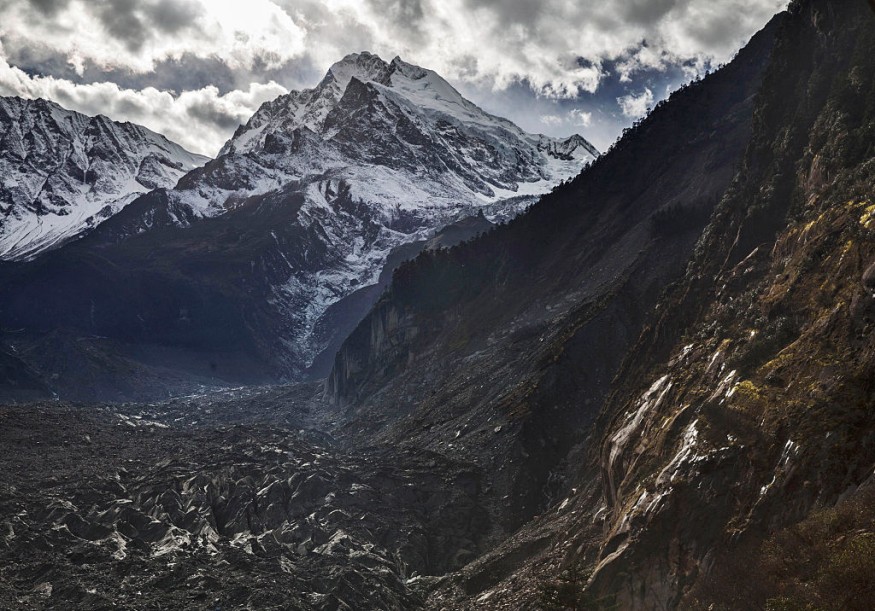A recent report showed that Chinese experts used geotextiles or white sheets to cover the Dagu Glacier in the Tibetan Region, slowing down ice melting.
The increasing temperatures and climate change have brought significant concerns about the rapid ice melting of glaciers, especially in the Dagu Glacier.
China is no stranger to extreme weather events, from prolonged drought, intense storms, heatwaves and warming events. However, researchers are concerned about the effects of rising temperatures on glaciers.
China's Glaciers Melting

A recent report showed that the country has over 46,000 glaciers in the Qinghai-Tibet Plateau. However, cracks are seen in the glaciers. It shows the vulnerability of ice in the region to climate change.
The shrinking of glaciers has shown to be rapid in the last 30 years, calling for urgent efforts to protect them from further decline.
The Dagu Glaciers serve as an icon and tourist spot in the Tibetan region. The accelerated problems of global warming have also affected the said glaciers, which could impact local communities, ski resorts and biodiversity.
Experts from Nanjing University employed geotextiles to potentially slow down ice melting in the Dagu Glacier, especially since the glaciers there have shrunk by at least 15%.
According to the reports, the local communities in the area are optimistic about the plan's outcome to preserve the vulnerable glaciers. In research studying the Dagu Glacier in the Eastern Qinghai-Tibetan Plateau, researchers discovered that the artificial cover slowed down the melting compared to uncovered areas.
The alarming problem of global warming can also exacerbate as the El Nino begins. The increasing greenhouse gas emissions can likely worsen the problem, unleashing more impacts on ocean temperatures and glacier regions.
Without protection efforts, climate change can intensify the rapid melting of glaciers. In addition, the significant reduction of greenhouse gas emissions can address the urgent problem.
On the other hand, covering the glaciers can face significant problems. Experts noted the difficulties of high expenses and extreme geography in the region, limiting the effectiveness of the project.
It may have become more challenging for researchers to install the white sheet in harsh geographic areas.
The problem of climate change
Climate change can worsen global warming and rising temperatures, causing more environmental concerns. Glaciers' rapid disappearance can impact the area's water supplies and biodiversity.
The farmers and communities depending on the glaciers can suffer from the shrinking due to global warming.
In addition, using green power supplies and reducing global carbon emissions can likely mitigate the problem.
In the latest report, researchers discovered that solar panels, using wind and solar power, in China could help reduce the problem of carbon emissions.
Related Article : Emperor Penguin Population Decline: Climate Change, Sea Ice Loss Make it Challenging to Survive
For more similar stories, don't forget to follow Nature World News.
© 2025 NatureWorldNews.com All rights reserved. Do not reproduce without permission.





